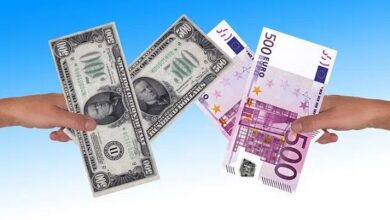Economics/Business
Economic integration definition with Levels Reasons and Types
Economic integration
The economic integration is a complex process that reduces trade bans and political and financial links between the countries involved, which should ensure if it generates a profit and if it is convenient. In this article we will provide you the definition of Economic integration.
Levels of economic integration
Among the levels that are located in economic integration can be mentioned:
- Customs Association: removes all trade obstacles between member nations and essentially adjusts trade policies between them.
- Economic union: it is the process of economic unification where the members order their fiscal and financial policies.
- Uniform Markets – Support the seamless movement of resources and goods by allowing labor to move freely across borders.
- Free trade zone: includes the suppression of trade defenses by the members of the countries, however, they maintain their restrictions with non-member countries.
Reasons that support the union
The reasons that support and justify this union for the regional and international economic process are:
- The advancement of joint actions: these are projects that require large investment to undertake in a particular way such as technological purposes.
- Increase in efficient production: by removing tariff impediments, companies make greater competition in the markets by presenting better quality products at lower cost, for which there is a projection of the patrimonial vision.
- Being able to increase bilateral agreements: through joint negotiations they obtain greater advantages.
- Specialized improvement: if there are no protectionist impediments in the connections with other countries, there are greater advantages to promote economic integration without having to carry out procedures that make it difficult and costly.
Types of integration
For Tinbergen there are two types of integration, negative and positive:
- The negatives remove the difficulties that separate economies, such as settling tariffs between member countries.
- On the positive side there are elements of cooperation such as macroeconomic political agreements.
In this integration process, the following characteristics are presented:
- Marketing creation.
- Job opportunities.
- Cooperation and approval.
- Trade diversion.
- Probable erosion of sovereignty.
Examples of economic integration
- Economic integration refers to the continuous way of seeking to dispense with economic boundaries between countries.
- This integration restricts freedom in the economic and political decisions of one country, in order for them to be linked to the fiscal, commercial and financial policies of others.
- This process facilitates the economic elements that allow the benefit of consumers and that they follow the updated preferences of globalization.




